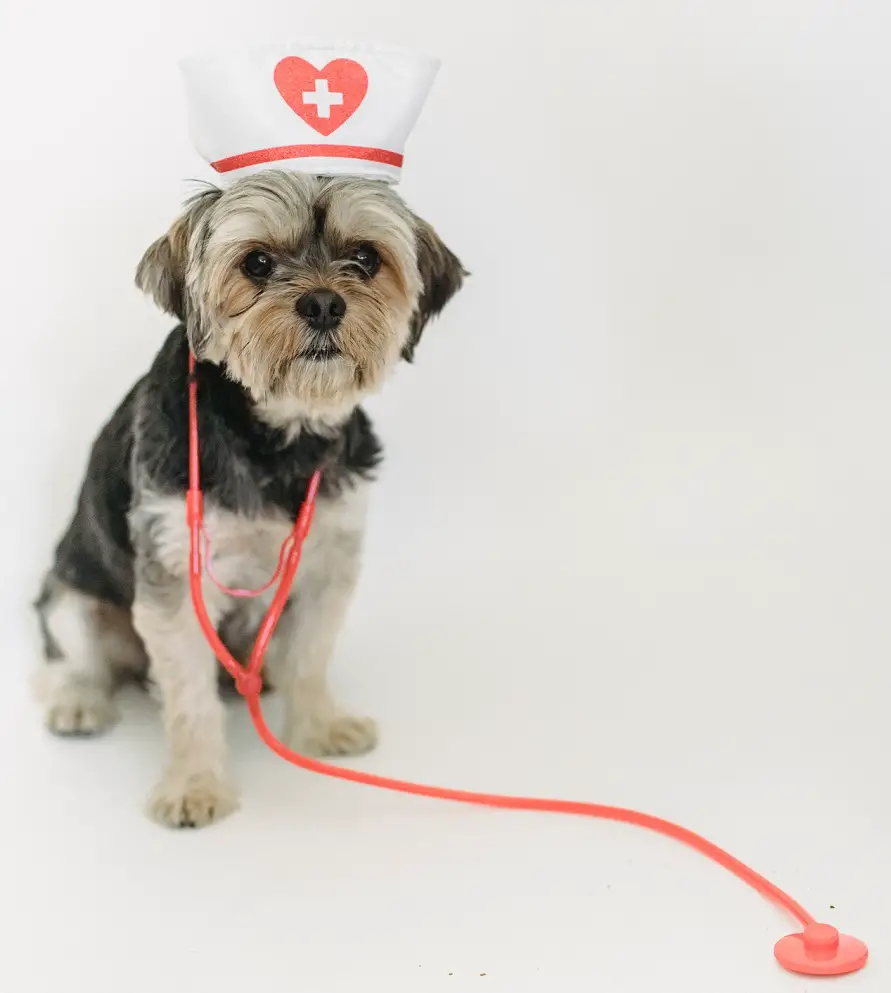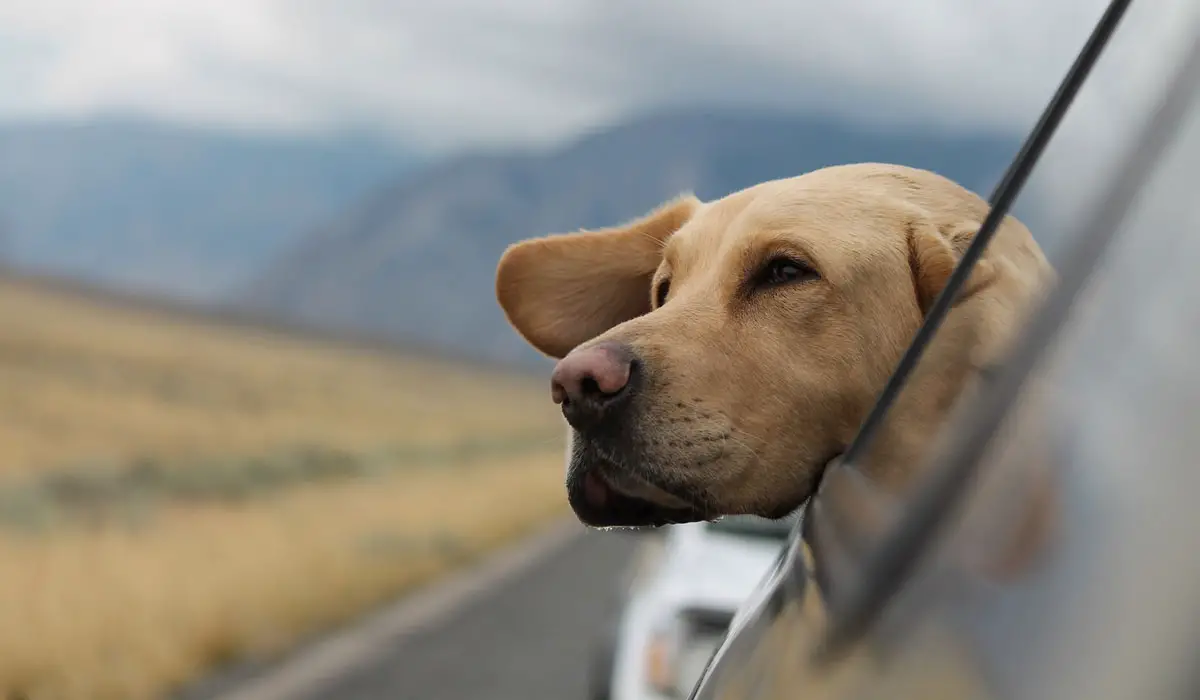First Aid Treatment for your pet
There’s a handful of mishaps that your dog might experience during play or just on a random basis. In this article we list few of the most common ones and also instruct you on how to react.

Bites and stings
For animal bites – Try to capture the animal that bit your pet so animal control can examine the animal for disease. Always approach an injured animal with caution because any animal when in pain may turn and bite you. Approach the animal quietly and gently, then restrain the animal (please see restraints for further information).
Wash the wound with soap and water apply tamed iodine or another antiseptic, but do not use ointments. Apply a sterile bandage or clean cloth then take to the vet for examination.
For bee stings remove venom sac by scraping gently, not squeezing. Other stings like wasps and hornets wash with soap and water and give antihistamine.
For Brown recluse spiders, scorpions, tarantulas and black widows wash affected area with soap and water, cover lightly with sterile cloth. For severe reactions place a constricting band aprox.1 inch in width 3 inches above the wound loose enough to place a finger under it, then apply an ice pack, keep the pet still and the wound below heart level. Remove the band after 30 minutes and give antihistamine syrup. Take your pet to the vet as soon as possible.
For Ssnake bites place a constricting band around the wound same as explained above, the wound should ooze. With a sterile razor or sharp object make a small vertical cut 1/2 inch long over each fang mark. DO NOT cut too deep or crisscrossed. Suck the venom from the wound for 30 minutes then wash thoroughly with soap and water and apply an antiseptic.
Bleeding
Apply direct pressure, If there is alot of blood loss and is serious apply a tourniquet as a last resort and consult your veterinarian as soon as possible. Place the tourniquet band over the artery to be compressed, slightly above the wound. Wrap the band of cloth around and tie a half knot, place a strong short stick over the half knot and complete the knot. Twist the stick until the bleeding stops, then secure the stick in place with tape or what ever is available. Treat for shock.
For Impaled objects, try to cut the object a few inches above the wound, but DO NOT remove the object unless it’s life is in danger. Place bulky dressing around the object and take to the vet immediately.
For internal bleeding animal may bleed from nose,mouth,ears, or anus and blue gums may be visible. DO NOT allow the animal to drink anything, keep the animal laying down and covered, watch breathing closely and if necessary give artificial respiration.
Breaks
Wrap soft padding around entire bone, then place splints on opposite sides of the break. Splints should extend past the joints at both ends of the break, then wrap the splints in place with adhesive tape or cloth, but not to tightly.
Breathing
If the animal has drowned or inhaled other fluids quickly suspend it by its rear feet for 15 seconds giving 3 – 4 downward shakes to help drain the air ways. If the animal is too large lift its pelvis and give a few downward shakes.
Place animal on its side with the head extended making sure to remove any collars. Open the mouth and carefully pull out the tongue and hold it down to keep the airway open. If breathing has not resumed with your palms (fingertips for small animals) on both sides of the animals rib cage and the shoulder blade compress sharply. Listen for air leaving the lungs, repeat compressions every 5 seconds for 1 minute, then recheck breathing. If airway seems blocked please see chocking. If that still doesn’t work grasp the muzzle firmly and compress the lips and mouth shut. Place your mouth aginst the nose and blow gently, watching for the chest to rise. Make sure you adjust your hands so no air is leaking from the mouth of the animal. Repeat every 5 seconds for 1 minute, then recheck breathing. Continue this procedure until breathing resumes.
Burns
- 1st Degree Burn – Fur singed or burnt off, red or discolored skin.
- 2nd Degree Burn – Fur burnt off, blisters or mottled skin.
- 3st Degree Burn – White or charred skin.
For 1st & 2nd degree burns DO NOT remove tissue or break blister, NEVER put pressure on burned area and DO NOT use antiseptic spays or ointments. Restrain the animal and immerse in cold water for 5 minutes or lightly apply a cold clean compress that has been wrung out. Gently blot dry and cover loosely with a dry dressing.
For 3rd degree burns DO NOT apply water, antiseptic spays or ointments, DO NOT use absorbent cotton and DO NOT remove tissue or adhered particles on the fur. Lightly cover the burn with a NONADHERING dressing, treat for shock and take to the veterinarian immediately.
Choking
Be careful not to pull a string or thread from the throat because a hook could be attached to the end. Restrain the animal, open the mouth wide and pull out the tongue. Look down the throat with a bright light, if you can see the object grasp it firmly with needle nose pliers or some other tool. If you can not see the object place your palms just behind the last rib cage and give 4 quick thrusts. repeat if necessary.
Convulsions and seizures
Do not restrain the animal, clear the area of any objects. Do Not touch the animal during and 15 minutes after a convulsion. Watch the breathing after and give artificial respiration if necessary.
Diarrhea
If diarrhea lasts more than 24 hours, contains blood or your pets temperature is above normal take your pet to the vet. Inspect the diarrhea for worms, grass, mucus, or bones and inform your vet. Take the temperature and if it is normal you can give it Pepto-Bismol every couple of hours and don’t give them food or water for 12 hours. If the diarrhea has stopped give them small quantities of water and bland food such as plain rice and eggs( if your pet is not on a strict diet ) always check with your veterinarian.
Electric shock
Do not touch the pet if it is still in contact with the current. Remove the fuse or unplug the cord preferably with rubber gloves. If that isn’t possible stand on something dry like a rubber mat or blanket and drag your pet away with a dry pole or object. If necessary begin artificial respiration and consult your vet immediately.
Eye injury
Rinse the eye with running water for aprox.2 minutes and apply a clean bandage. Be careful not to interupt the third eyelid that dogs have and do not get water in the other eye for you could end up damaging both eyes. Consult your vet as soon as possible.
Heat stroke
Heat stroke occurs more likely in dogs with puggy faces and caution should be taken even in milder weather. Never ever leave animals in a vehicle in the summer. It is very important to act quickly, body temperature must be 39.4 celcius or 103 degrees Farenhiet. Hose down with cool water until temperature is normal. If that is not possible put the animal in a cool shady spot and wrap it with cool wet towels or place an icepac around the head area.
Poisoning – plants
Call your veterinarian or poison control center immediately. Do not treat for poisoning unless you have witnessed the poisoning. It is rare for dogs to ingest poisonous plants but here are are list of some common plants that are poisonous:
- Baneberry Larkspur
- Bittersweet Lily-of-the Valley
- Castor-oil Plant Monkshood
- Daphine Nightshade
- Foxclove Poison Hemlock
- Jimson Weed Pokeweed
- Water Hemlock Yew


